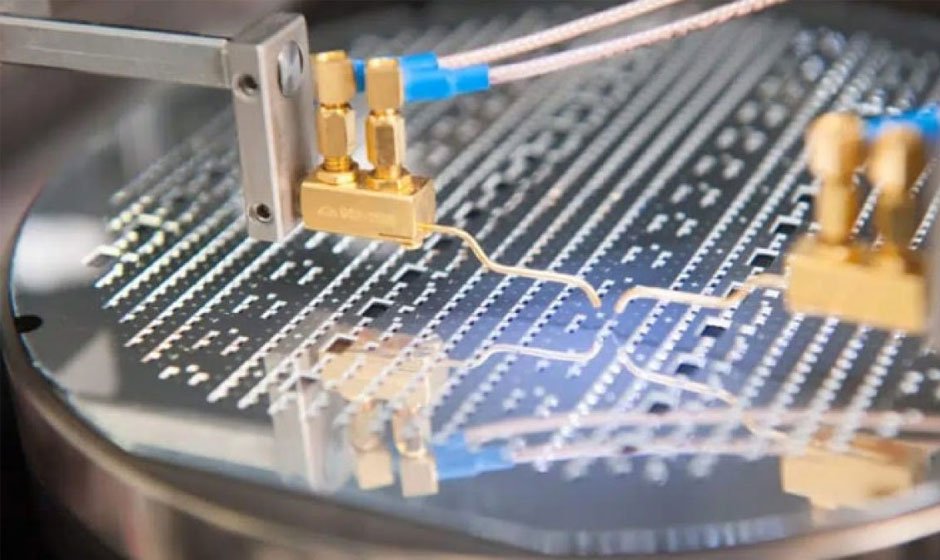Pressure sensors convert physical pressure into measurable electrical signals, playing a crucial role in everyday processes and products. They ensure proper tire pressure and monitor essential systems in industries like aerospace and healthcare, providing engineers with vital data that enhance efficiency, safety, and innovation.
Exploring Different Types of Pressure Sensors
Mechanical Pressure Sensors
Mechanical pressure sensors utilize physical elements that deform under pressure, including float switches that help monitor liquid levels. This deformation is then measured and translated into an electrical signal. These sensors are robust and reliable, often used in environments where durability is essential. Their simplicity makes them ideal for automotive applications where they monitor tire pressure and engine performance without needing complex interfaces.
Electrical Pressure Sensors
Electrical pressure sensors, including piezoresistive and capacitive sensors, rely on electrical properties that change with pressure. Piezoresistive sensors, for example, measure resistance changes in conductive materials. They are incredibly precise and are a staple in medical devices, such as blood pressure monitors and respiratory equipment, where accuracy is critical.
Optical Pressure Sensors
Optical pressure sensors use light to measure pressure changes. These sensors are invaluable in environments where electronic sensors might fail, such as in high electromagnetic interference or explosive environments. They are increasingly used in aerospace applications, providing reliable data in extreme conditions.
Diverse Applications of Pressure Sensors Across Industries
Automotive Industry
In the automotive sector, pressure sensors are crucial for safety and efficiency. They monitor tire pressure, fuel levels, and engine systems, ensuring vehicles operate optimally. Advanced driver-assistance systems (ADAS) also benefit from pressure sensors, which help in braking and stability controls.
Aerospace Sector
Aerospace applications demand high precision and reliability. Pressure sensors are used to monitor cabin pressure, fuel systems, and environmental conditions. For instance, Boeing and Airbus incorporate pressure sensors in their aircraft to enhance flight safety and efficiency, showcasing their indispensable role in modern aviation.
Medical Field
In healthcare, pressure sensors aid in life-saving equipment like ventilators and blood pressure monitors. They ensure accurate measurements, which are critical for patient care. Innovations in wearable medical devices also rely heavily on pressure sensors to provide continuous health monitoring.
Environmental Monitoring
Environmental applications use pressure sensors to track atmospheric conditions, water levels, and pollution. These sensors play a pivotal role in climate studies and natural disaster predictions, helping to safeguard communities and ecosystems.
Innovations Driving Pressure Sensor Technology
Miniaturization and Wireless Advancements
The miniaturization of pressure sensors has opened new avenues, enabling their use in compact and portable devices. Wireless technology further enhances these sensors by allowing remote monitoring and data collection, crucial for industries like oil and gas, where sensors are deployed in inaccessible locations.
Integration of AI and IoT
Artificial intelligence (AI) and the Internet of Things (IoT) have transformed pressure sensors from simple data collectors to intelligent devices capable of predictive maintenance and real-time analytics. These advancements significantly improve operational efficiency and reduce downtime across various sectors.
The Future Landscape of Pressure Sensors
Emerging Trends and Developments
The future holds exciting prospects for pressure sensors. Advances in nanotechnology promise even smaller sensors, while developments in smart materials could lead to sensors with enhanced sensitivity and adaptability.
New Applications and Industry Growth
New applications are emerging in fields like smart farming, where pressure sensors help optimize irrigation and monitor crop health. In robotics, sensors provide tactile feedback, improving machine interaction with their environment.
Making Informed Choices for Pressure Sensor Selection
Key Factors in Sensor Selection
Selecting the right pressure sensor involves considering factors such as range, accuracy, environmental conditions, and response time. Understanding these can lead to more effective implementation in your projects.
Tips for Seamless Integration
Integrating pressure sensors requires careful planning and testing. Ensure compatibility with existing systems and consider future scalability. Collaboration with sensor manufacturers can provide tailored solutions to meet specific needs.
Conclusion
Now that we have explored the various types, applications, and advancements in pressure sensor technology, it is evident that these devices play a critical role in modern industry. From improving efficiency and safety to driving innovation, pressure sensors continue to advance and shape our world today and into the future.



